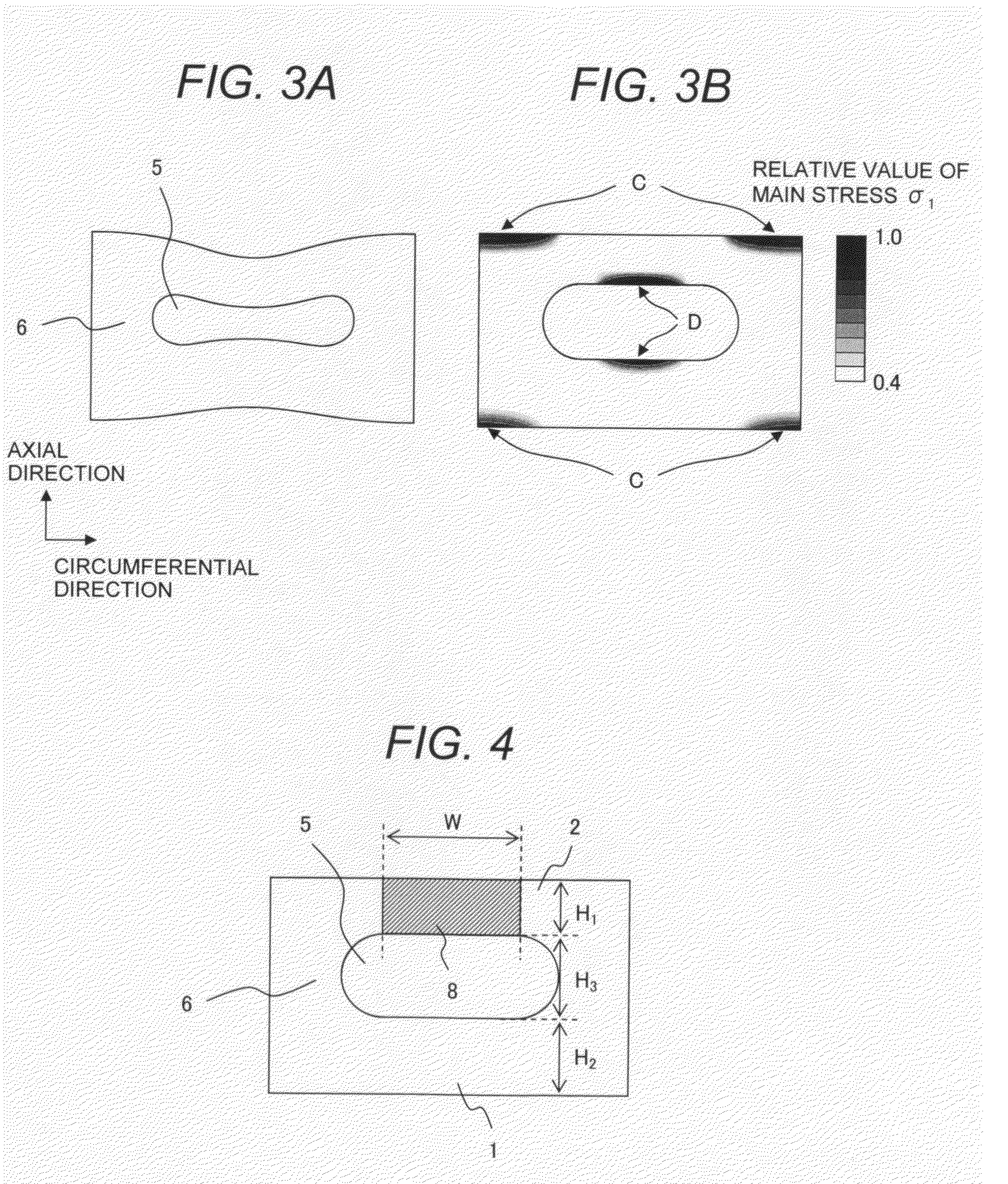Disc rotor for disc brake
a disc brake and disc rotor technology, applied in the direction of braking discs, mechanical equipment, transportation and packaging, etc., can solve the problem of inverse proportional increase in pad pressure stress in the square of the disc thickness, and achieve the effect of reducing torque stress, large radius and relatively large torque stress in braking
- Summary
- Abstract
- Description
- Claims
- Application Information
AI Technical Summary
Benefits of technology
Problems solved by technology
Method used
Image
Examples
first embodiment
[0045]The first embodiment of the present invention is described below referring to FIGS. 8 and 9. FIG. 8 is a perspective view of the disc rotor according to the first embodiment where the whole disc rotor assembly including a bell housing 21 is shown. FIG. 9 shows a cross section of a disc rotor 20 and its vent hole shape in enlarged form. As the disc rotor material, an aluminum alloy with dispersed cast iron or ceramic particles or carbon fiber reinforced silicon carbide (C / SiC) is chosen. As the bell housing material, iron, aluminum alloy or titanium is chosen. Although FIG. 8 shows that the disc rotor 20 and bell housing 21 are separate from each other, it is also possible that the disc rotor 20 and bell housing 21 are integrally molded. Alternatively, the bell housing 21 may lie over the disc rotor 20 shown in FIG. 8.
[0046]The disc rotor 20 (FIG. 8) is connected to the bell housing 21 through pins (not shown) and the bell housing 21 is connected to the wheel (not shown). In br...
second embodiment
[0051]The second embodiment of the present invention will be described referring to FIG. 12 to FIG. 14C. FIG. 12 is a perspective view of a disc rotor shape according to the second embodiment where the whole disc rotor assembly including a bell housing 21 is shown. FIG. 13 shows a cross section of the disc rotor 20 and its vent hole shape in enlarged form. FIG. 14A shows the conventional vent hole shape, FIG. 14B shows the vent hole shape in this (second) embodiment, and FIG. 14C shows the vent hole shape in the first embodiment. Next, the vent hole shape (FIG. 14B) characteristic of this embodiment and its effect will be explained in detail.
[0052]First, the shape of the vent hole 5 is described below. As with the vent hole shape in the first embodiment (FIG. 14C), with the vent hole shape in the second embodiment (FIG. 14B), the radius R of the corner with relatively large torque stress (point G in FIG. 14B) is large and torque stress is thus smaller than with the conventional shap...
PUM
 Login to View More
Login to View More Abstract
Description
Claims
Application Information
 Login to View More
Login to View More - R&D
- Intellectual Property
- Life Sciences
- Materials
- Tech Scout
- Unparalleled Data Quality
- Higher Quality Content
- 60% Fewer Hallucinations
Browse by: Latest US Patents, China's latest patents, Technical Efficacy Thesaurus, Application Domain, Technology Topic, Popular Technical Reports.
© 2025 PatSnap. All rights reserved.Legal|Privacy policy|Modern Slavery Act Transparency Statement|Sitemap|About US| Contact US: help@patsnap.com



